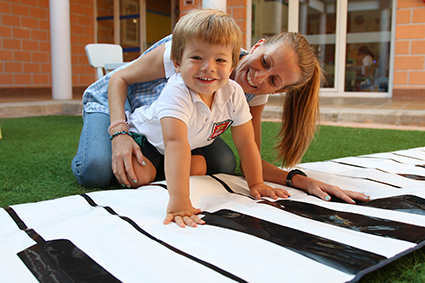
Las personas creativas no nacen, se hacen. A pesar de que a menudo tendemos a relacionar a los grandes genios con un talento innato y no con el esfuerzo personal, la creatividad es una competencia más que puede desarrollarse si se trabaja de la forma adecuada en el aula desde edades bien tempranas. Para ello, los docentes deben utilizar estrategias para atender no sólo las funciones verbales, analíticas y abstractas, propias del pensamiento convergente, sino también las no verbales, estéticas, espaciales y creativas, específicas del pensamiento divergente.
¿Cómo podemos entonces fomentar la creatividad en el aula?
Si bien no existe una única manera de trabajar la creatividad de los más pequeños, es importante tener en cuenta los siguientes aspectos:
- Todas las personas son creativas: Uno de los errores que solemos cometer es considerar únicamente como actividades creativas aquellas que tienen que ver con el ámbito artístico (pintura, música, poesía, etc.). Sin embargo, cada niño tiene un talento y una actividad con la que disfruta y a través de la que puede desarrollar su imaginación. La dimensión creativa se puede trabajar a cualquier edad, pero cuanto antes se comience a cultivar, más posibilidades hay de desarrollar las capacidades de creación.
- Los docentes deben saber aprovechar las inteligencias múltiples: Según la Teoría de las Inteligencias Múltiples, ideada por el psicólogo estadounidense Howard Gardner, son muchas las inteligencias que existen, y para favorecer el desarrollo de todas ellas, se debería ofrecer a los alumnos espacios con suficientes recursos y estímulos variados donde cada uno de ellos pueda descubrir y potenciar su manera de aprender.
- Es fundamental respetar el ritmo de cada alumno: Siguiendo el método Montessori, ideado por la educadora y médica italiana Maria Montessori, los docentes deberían respetar el ritmo de cada niño en el aula y personalizar las clases en función de sus necesidades y de su evolución para que desarrollen sus propias capacidades e intereses.
- De los errores siempre se aprende: Intentar algo y no conseguirlo no es fallar, es una forma de aprender. Por ello, debemos hacer entender a los niños que lo importante no es el resultado en sí mismo, sino el proceso y todo aquello que aprenden en el camino.
- El ambiente influye en el pensamiento creativo: Las aulas y espacios destinados al aprendizaje tienen un impacto directo en el desarrollo del pensamiento innovador. Una buena idea es dividir el aula en múltiples rincones lúdicos orientados cada uno de ellos a un objetivo de aprendizaje concreto.
- Se debe promover la independencia del niño en la exploración y el proceso de aprendizaje: Los niños de edades tempranas tienen mucha curiosidad por explorar y descubrir el entorno, por eso es importante que les demos autonomía y se sientan libres para ir de una zona a otra del aula y para que, a través del juego creativo y el apoyo de los profesores, adquieran nuevas habilidades y desarrollen nuevas ideas.
En Caxton College, las clases están diseñadas para que el niño comience a desarrollar sus capacidades cognitivas y sociales en un ambiente de juego desde el primer día de clase, siempre con la cercanía y la familiaridad de un hogar. Los alumnos de infantil se inician en el currículum británico asimilando la lengua inglesa bajo la atenta mirada de profesores nativos. Además, el dinamismo y la creatividad de su programa pedagógico, junto con un profesorado que interactúa a diario con los padres para informarles con precisión de la vida escolar de sus hijos, son los puntos fuertes de esta propuesta innovadora cuyo objetivo es estimular la imaginación de los más pequeños.
Si estás interesado en recibir periódicamente contenidos sobre educación infantil suscríbete al final de este enlace de nuestra página web (haz click sobre el botón “Me gustaría recibir periódicamente contenidos educativos”).
Creative freedom in early year children’s classrooms
Creative people are not born, they are made. Although we often tend to relate great geniuses with an innate talent and not with personal effort, creativity is one more competence that can be developed if it is worked properly in the classroom from very early ages. To this end teachers must use strategies to address not only the verbal, analytical and abstract functions of convergent thinking, but also functions of the divergent thinking; such as non-verbal, aesthetic, spatial and creative.
How can we then encourage creativity in the classroom?
While there is no an unique way to work the younger children´s creativity, it is important to take into account the following aspects:
- All people are creative: One of the mistakes we usually make is to consider creative activities only those which have to do with the artistic field (painting, music, poetry, etc.). However, each child has a talent and an activity that enjoys and in which his imagination can be developed. The creative dimension can be worked at any age, but the sooner you start to cultivate, the more possibilities there are to develop the capacities of creation.
- Teachers must know how to take advantage of multiple intelligences: According to the Theory of Multiple Intelligences, devised by the American psychologist Howard Gardner, there are many intelligences. To favour the development of all of them, students should be offered spaces with enough resources and varied stimuli where each of them can discover and enhance their way of learning.
- It is essential to respect the rhythm of each student: Following the Montessori Method, devised by the Italian educator and physician Maria Montessori, teachers should respect the rhythm of each child in the classroom. Therefore, teachers should customize their lessons according to the children needs and their evolution so that they develop their own abilities and interests.
- You always learn from mistakes: Trying something and not getting it is not failing, it is a way of learning. Therefore, we must make children understand that the important thing is not the result in itself, but the process and everything they learn along the way.
- The environment influences creative thinking: Classrooms and spaces for learning have a direct impact on the development of innovative thinking. A good idea is to divide the classroom into multiple playful corners, each oriented to a specific learning goal.
- Children’s independence should be promoted in the exploration and learning process: Children of early ages are very curious to explore and discover the environment, so it is important that we give them autonomy and freedom to go from one area to another area of the classroom. In this way, through the creative game and the support of the teachers, children acquire new skills and develop new ideas.
At Caxton College, classes are designed so that the child begins to develop their cognitive and social skills in a play environment from the first day of class but always with the closeness and familiarity of a home. Early year children start in the British curriculum assimilating the English language under the watchful eye of our native teachers. In addition, the dynamism and creativity of their pedagogical program, together with teachers who interact daily with parents to inform them accurately of their children’s school life, are the strengths of this innovative proposal which objective is to stimulate the imagination of the little ones.
If you are interested in receiving periodic pedagogical content related to early childhood education, you can subscribe through our website on this link (click on the yellow button “I wish to receive more educational information”)
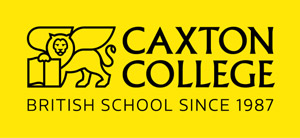


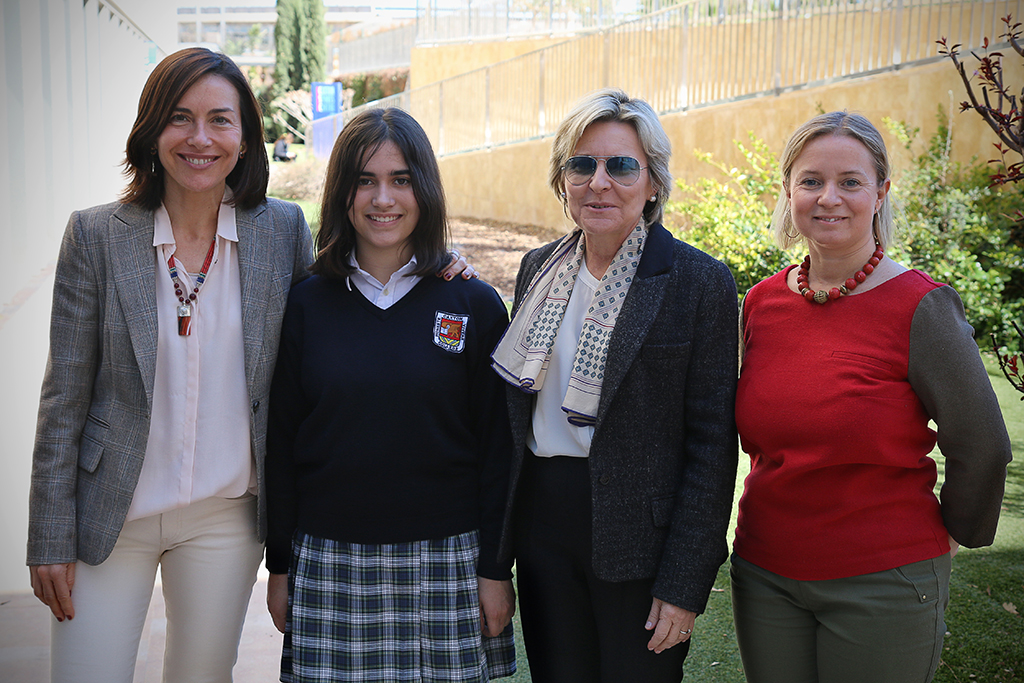


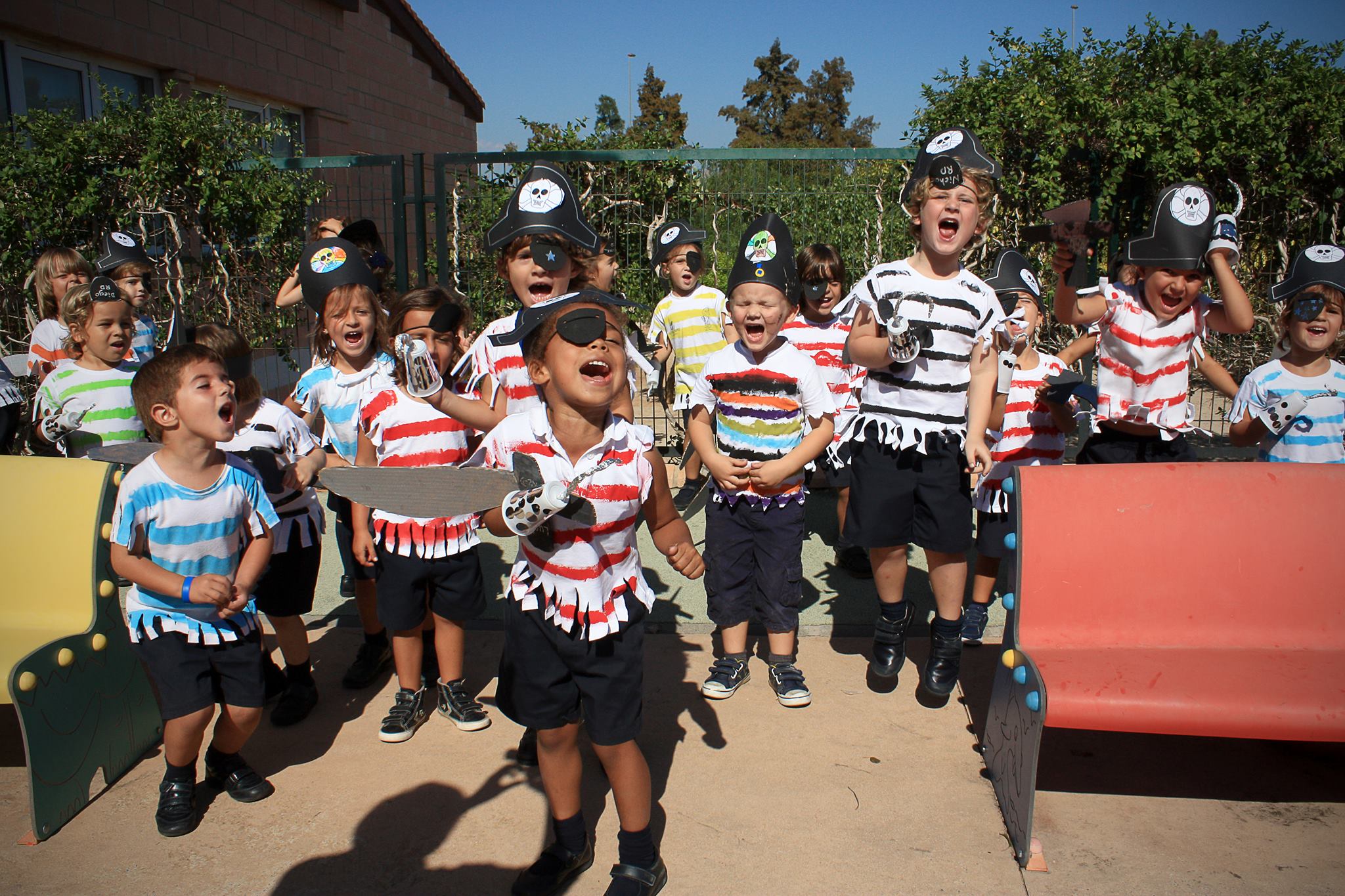
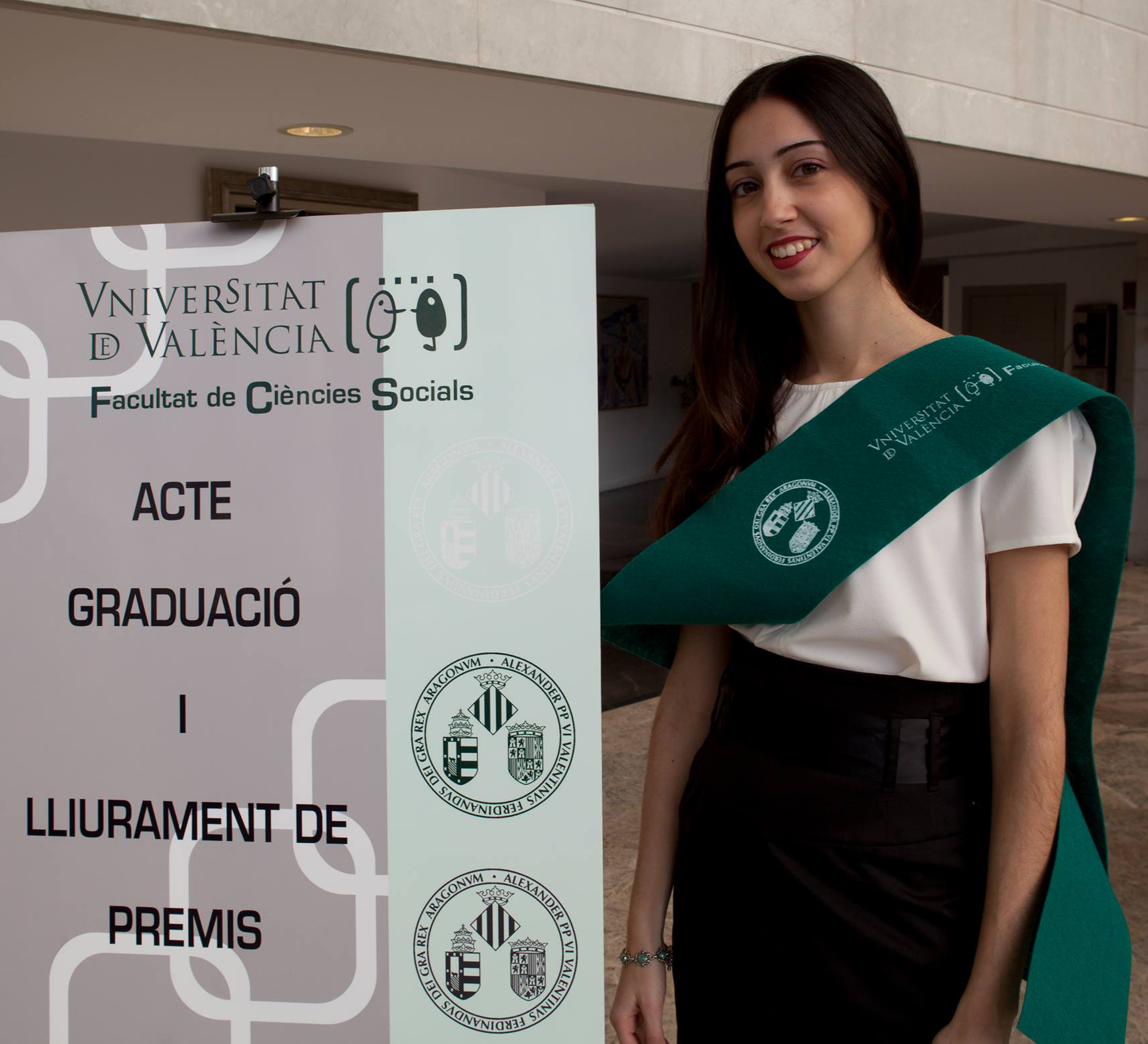
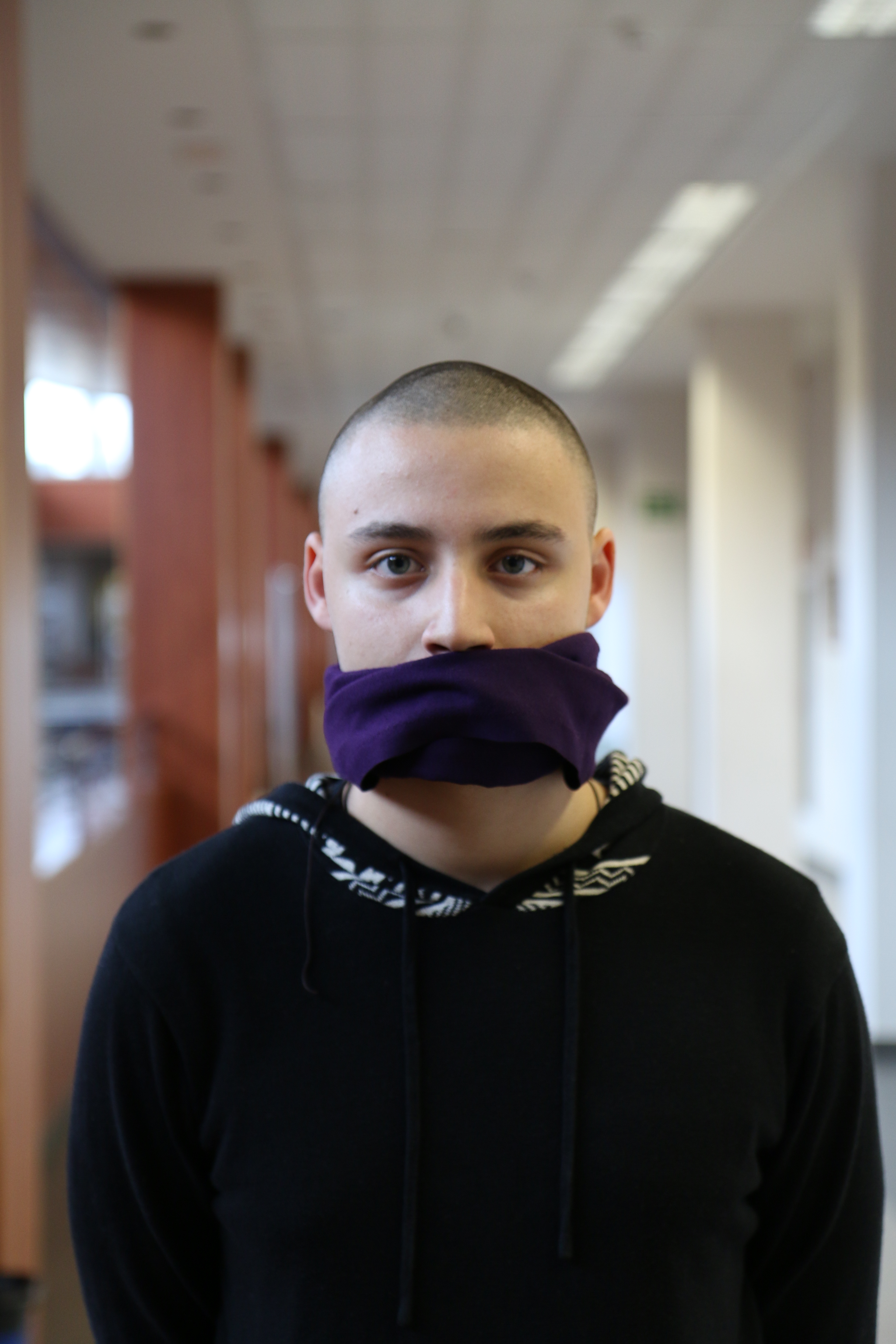
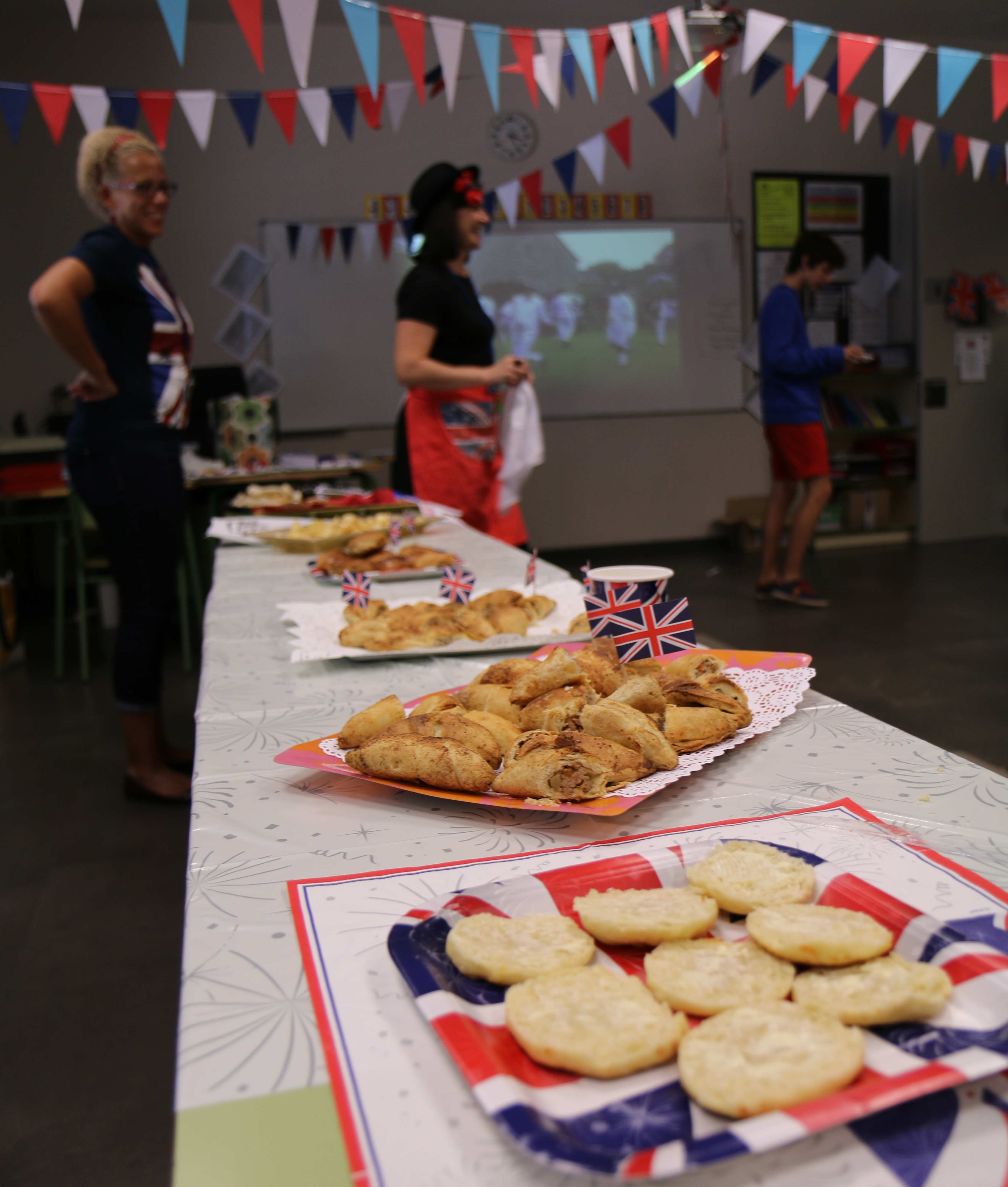
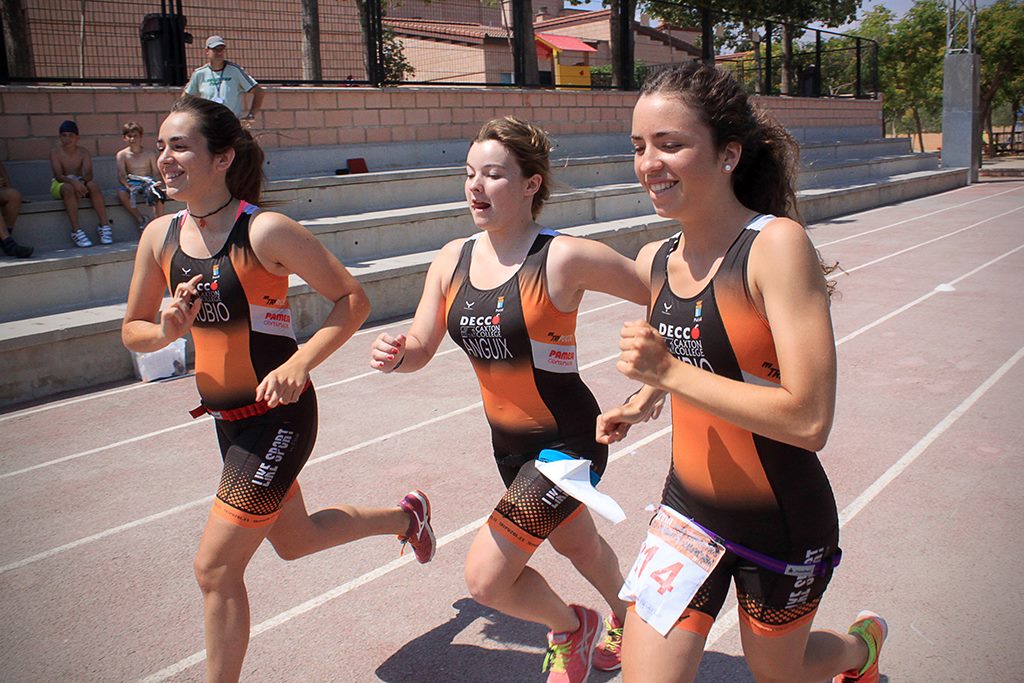
Leave a Reply